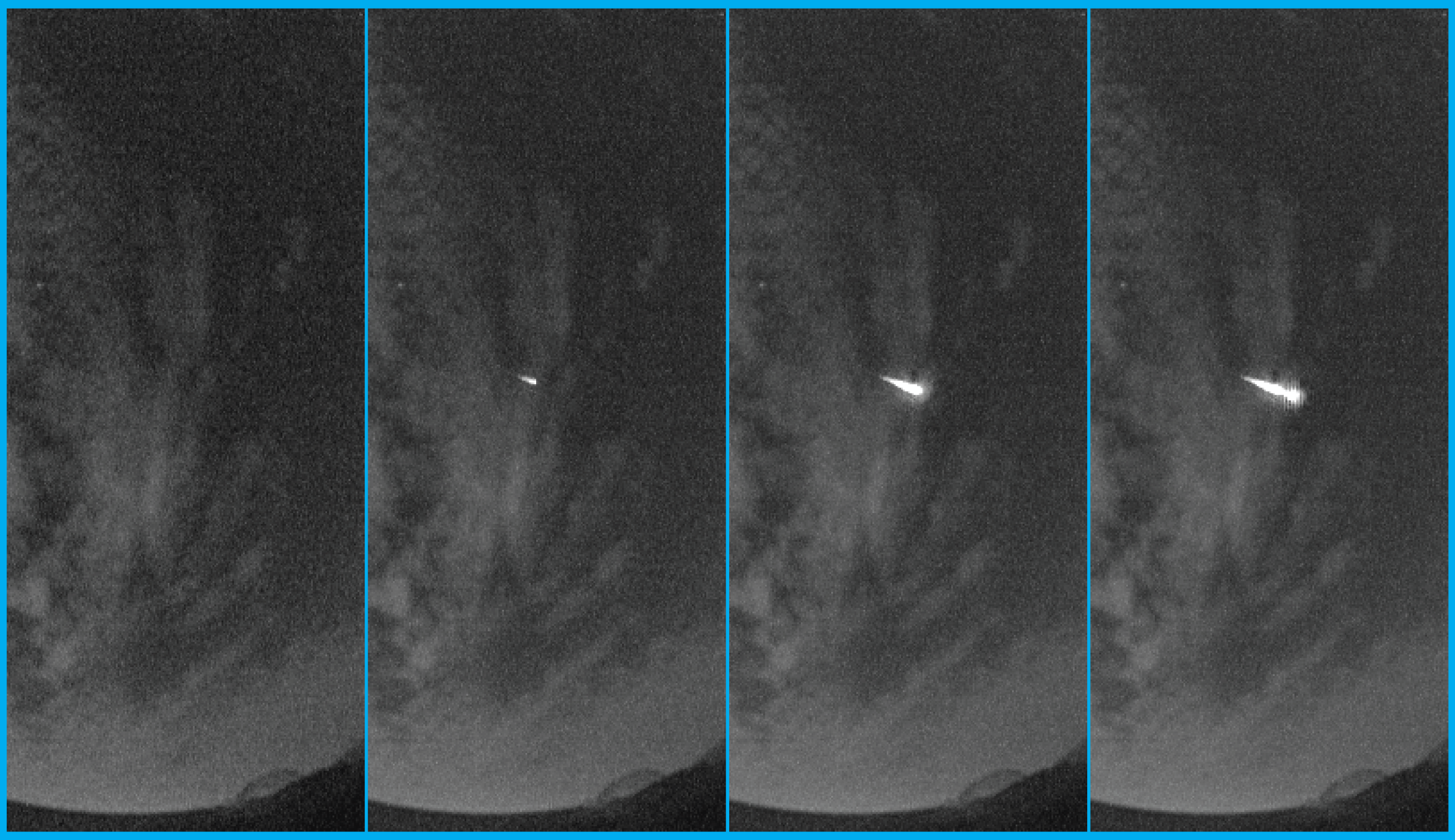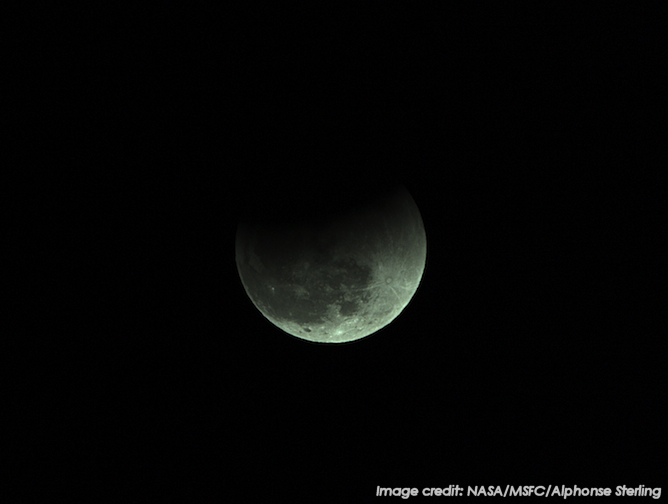Dust off the lawn chairs and get ready for the peak of the Lyrid meteor shower which will occur on the night of April 22.
“The Lyrids are really unpredictable,” Cooke said. “For the 2015 shower, I’m expecting 15 to 20 Lyrid meteors an hour. Peak rates should occur after 10:30 PM on April 22 your local time, for observers in the northern hemisphere. For observers in the southern hemisphere, Lyrid rates are not significant until after midnight your local time.”
Viewing tips for the Lyrids
No special equipment is needed to watch a meteor shower. Simply find a dark, open sky away from artificial lights. Lie down comfortably on a blanket or lawn chair, and look straight up.
A camera, provided by scientists at NASA’s Marshall Space Flight Center, will offer a live feed of the Lyrids beginning at 10:00 PM CDT.The camera is light-activated, and will switch on at nightfall. During daytime hours, the webcast will show recorded views of past meteor showers.
Watch the live feed here.
About the Lyrids
Lyrids are pieces of debris from the periodic Comet C/1861 G1 Thatcher and have been observed for more than 2,600 years. In mid-April of each year, Earth runs into the stream of debris from the comet, which causes the Lyrid meteor shower. You can tell if a meteor belongs to a particular shower by tracing back its path to see if it originates near a specific point in the sky, called the radiant. The constellation in which the radiant is located gives the shower its name, and in this case, Lyrids appear to come from a point in the constellation Lyra.




